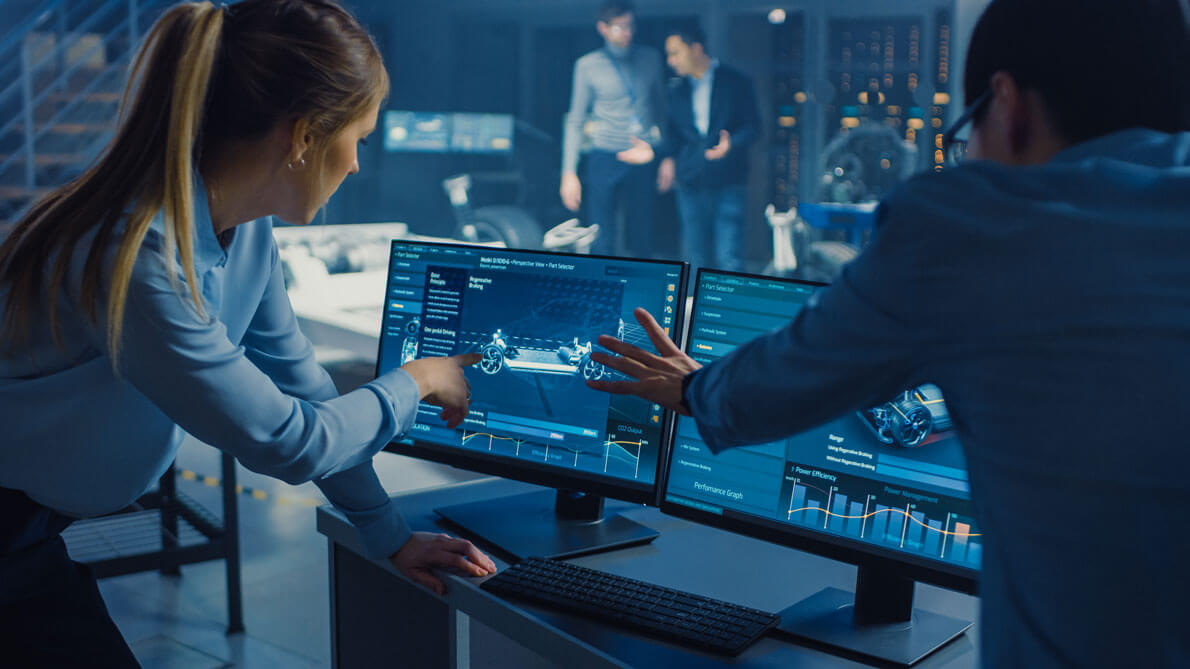Get in touch with us.

Artificial Intelligence? Machine Learning? Deep Learning?
Artificial intelligence is the attempt to emulate or simulate intelligent behaviour with machine learning and deep learning forming sub-categories.
Programmes using machine learning can employ algorithms to predict human behaviour in order to, for example, detect credit card fraud. Deep learning goes a step further and uses hierarchical layers in order to carry out the process of machine learning. That means artificial neural networks are created that are similar to those of the human brain. Complex concepts can be learned by putting together simple hidden layers that process the data before moving it on to the next layer, which in turn processes the information and passes it on, and so on. This layer model can continue infinitely and go into great depth, which is where the term “deep” learning comes from.
Deep learning technology is being utilised, for example, in driverless cars to differentiate between road signs, other cars and pedestrians. Deep learning can also be found in computers and smartphones in the form of smart voice control. In fact, the possibilities are almost endless and considerably more precise than with machine learning. There’s just one downside and that’s deep learning needs a lot of computing power.

There are currently three to five degrees of artificial intelligence. AI has no influence at all at the first level. That means that a person is in control of everything. The next levels are determined depending on the degree of autonomy and how much influence AI can have. This ranges at the lowest level from acting as an assistant right up to a device being able to think and act independently. In many areas, AI is still at the lowest level and most machines are not yet able to act independently, however, this could change very quickly in the next few years. Driverless cars are just the beginning.

Artificial intelligence requires significantly more computing power than any other currently known application. Deep learning algorithms are particularly reliant on high performance to be able to analyse and evaluate information bit by bit, but that’s impossible without graphic processor unit (GPU) acceleration. One of the most powerful GPUs currently on the market is the NVIDIA® Tesla®. This enables companies to accelerate their most demanding high-performance computing (HPC) applications and hyperscale workloads in the data centre. This enables companies to accelerate their most demanding high-performance computing (HPC) and hyperscale workloads in the data centre. Best of all, petabytes of data can be more quickly and easily handled than with standard CPUs. No matter if for deep learning, energy research, virtual desktops or driverless cars, Tesla graphic processors deliver enormous power to tackle extensive calculations and simulations in a snap.
* mandatory fields
Please read our Privacy Policy for information on how we process your data and protect your rights as da data subject.



